what you mistake for relaxation and why it doesn’t work
many of us confuse genuine recovery with temporary distraction — and that difference matters more than you might think
science took us to the moon and, in the near future, it may even take us to mars, yet it seems almost impossible to shift the vertebrae a few millimetres into their stable position and make the spine pain-free. the reason, according to Critical Alignment founder Gert van Leeuwen, is that our overly analytical minds damage the relationship between our physical body and our psyche. Critical Alignment brings the physical and the psychological together with remarkable results.
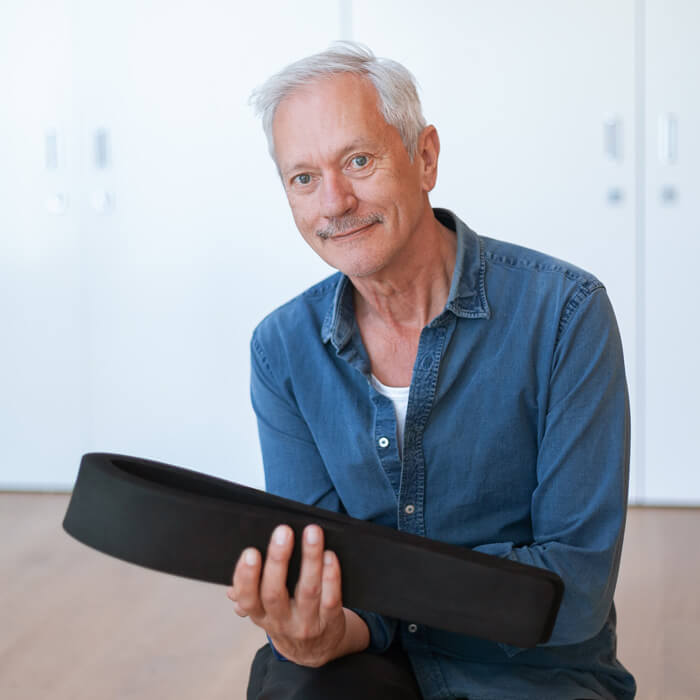
Nearly all of us experience an injury at some point during our lives. It might be a sudden injury, for example, from an accident. Or the injury might develop more slowly and subtly, such as the ‘repetitive strain injuries’ (RSI) that are common in workplace environments. We may also experience a combination of the two: slower onset injuries that seem to result from an acute injury, or acute injuries that are actually connected to a slow build-up of tension in our bodies.
In addition to our physical bodies, we can also experience psychological stress and strain that can lead to a double effect: emotional instability may lead to anxiety, burnout and other mental health concerns. Stress causes high muscle tension, forced breathing, high blood pressure and much more.
critical alignment acknowledges that, in many cases, people have been dealing with pain for a long time, and the experience of pain becomes a source of even greater stress, leading to compounding effects.
the method works to resolve not only the symptoms but their root causes. It develops strength that comes from gravity and release. it is the relaxation of mental and physical tension, not ambition and will power, that restores freedom and strength to the body. As injury puts the body out of balance, critical alignment therapy focuses on restoring stability to and feelings of trust in the body.
critical alignment recognises that we are born into social and cultural traditions and that we are affected by the environments we grow up in. We mimic these environments and develop habits for displaying our emotions. The way we move and hold ourselves becomes our identity, even if these patterns originate from survival strategies.
The tension we hold in our bodies is the physical expression of social interactions and our interactions with ourselves. Many of our thoughts are negative, and many of these thoughts re-enter our minds day after day. We need to resolve this internal, psychological tension or persistent habits and preferences cause the injury to manifest somewhere else. These negative thought patterns that can even lead to anxiety and depression.
A first step is recognising that we are not guilty — an emotion often evoked in medical contexts — because we learned these habits from such a young age. We recognise that the tension comes from a useful place — it is a self-preservation mechanism in response to the natural desire to feel safe. However, in satisfying that desire, we flee from the body and approach our (chronic) complaints by seeking safety and comfort, even if they do not help us resolve our issue.
We search Google for all possible information about our complaint, we look at scans and MRIs that we don’t know how to interpret, and we jump from therapist to therapist in search of new answers. However, most of this knowledge is negative and will cause the ‘nocebo’ effect, where knowledge and fears of negative symptoms cause a simple issue to become a chronic complaint, Or we fight against our complaint, ignoring what our bodies are trying to tell us and doing what we have always done, even if it causes the issue to worsen.
Our inner fighter likes the physical challenge and the idea of conquering despite pain. Most of these actions come from a strong propensity toward willpower, which hardens the body more and more, as we choose action over thought or reflection.
These strategies suppress the self-healing mechanism (placebo, a manifesting of positive symptoms) in the body, which means that healing is only possible through radical self-enquiry and a process of letting go.
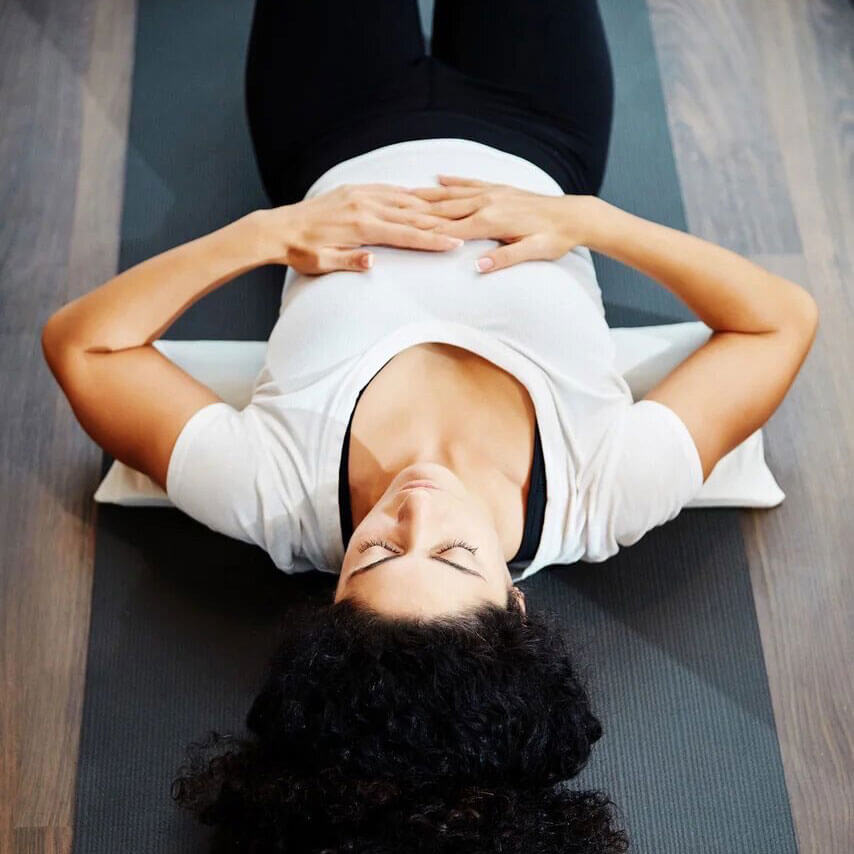
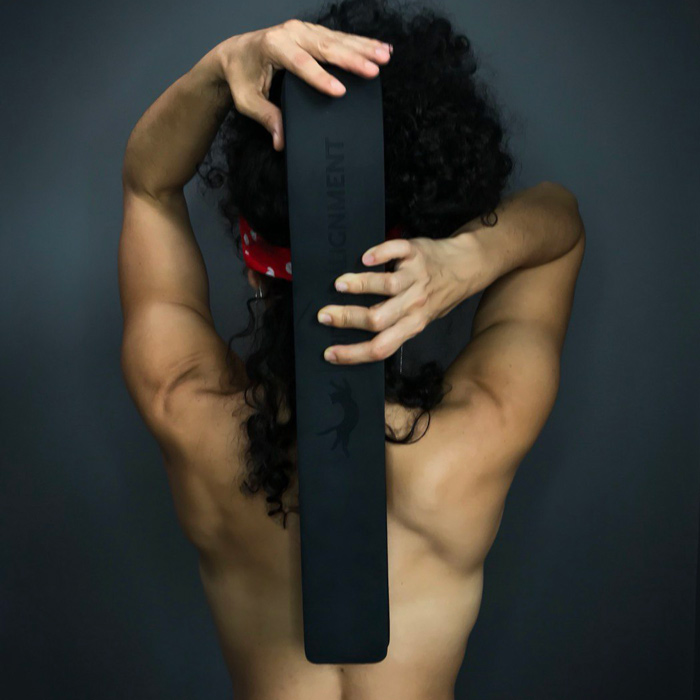
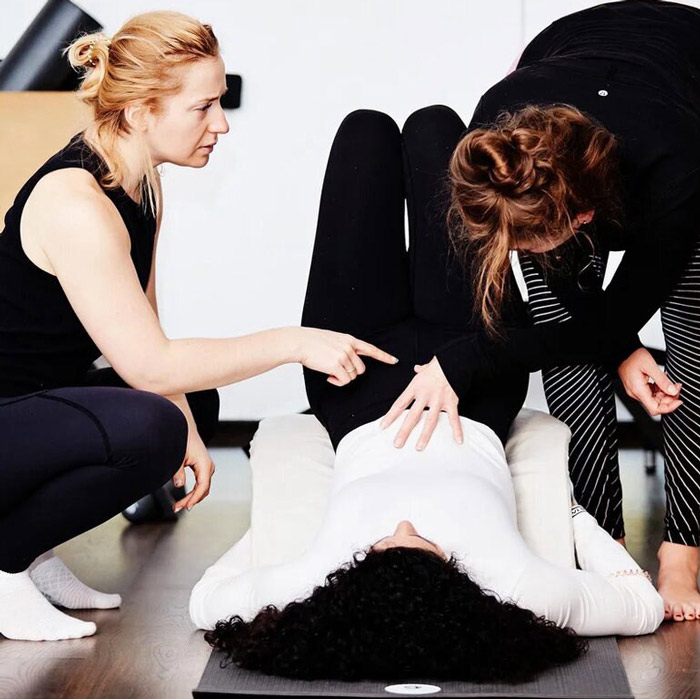
critical alignment helps many people resolve injuries by directly confronting these root causes. For the same reason, it can be challenging. We have all developed ways of feeling safe in our state of injury, and critical alignment requires us to let go of the stories we tell ourselves, of the control that we want to have over these sensitive parts of our bodies and identities.
transformation is based on the changes we experience in our bodies, specifically in the spine. The back of the spine works in relation to gravity, and this relationship makes it possible to transport loads during labor. The front of the spine supports sensitive areas in our bodies, like the belly (associated with feelings of internal rest) and the chest (associated with feelings of internal space or lightness).
the method makes use of specially developed props that release the spine and restore its connection to gravity and our inner selves. There is a clear feeling of physical and psychological change for everyone in the class, and the changes occurs in the same part of the spine for everyone. The uniformity of this experience means the teacher is able to discuss the process of change in detail. The anatomical change increases mobility and stability in the body, and the psychological change gives a new meaning to the body. Negative feelings, like doubt and uncertainty, change into feelings of strength and independence.
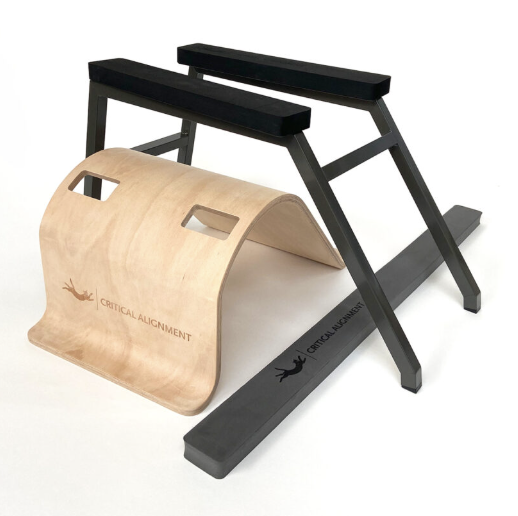
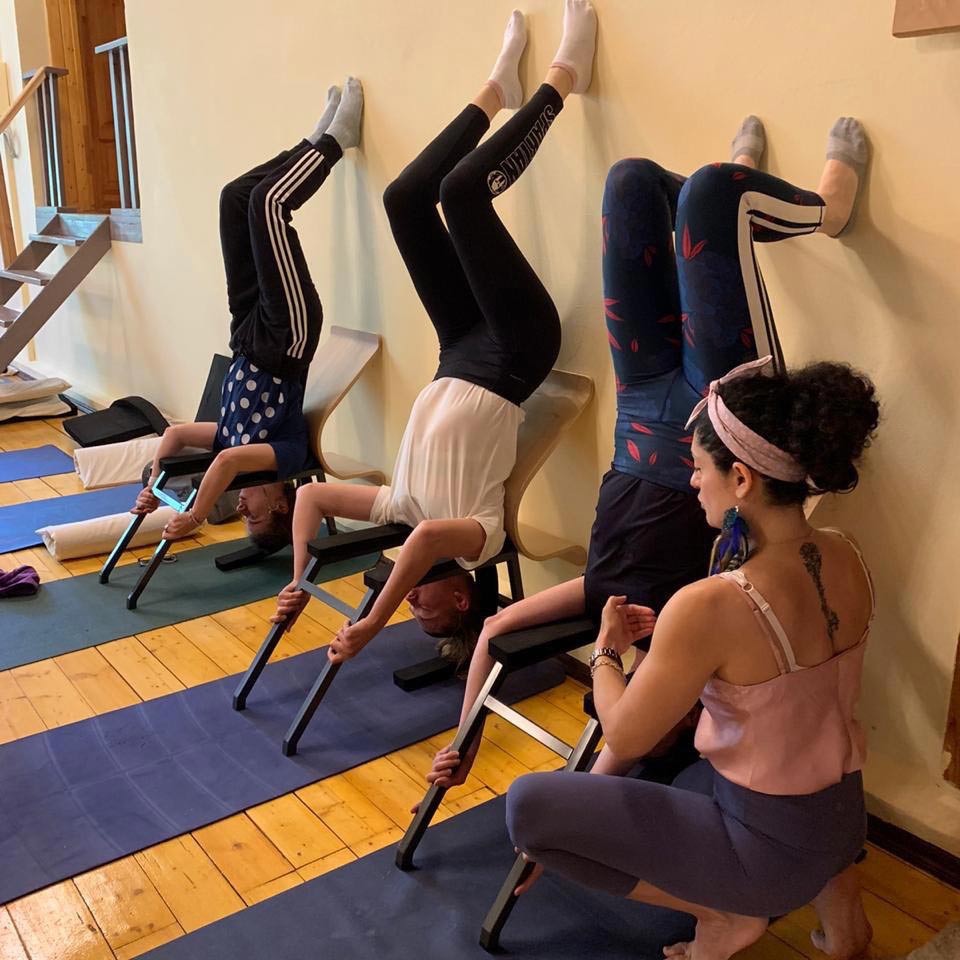
critical alignment teachers are partners with you on this journey. They recognise that, although there are common origins of injury and pain, everyone’s experience is unique. Using a logical physical progression, critical alignment classes help practitioners through relaxing tension, restoring movement to the body, coordinating those movements, and, finally, building the strength that restores stability and freedom of movement.
many of us confuse genuine recovery with temporary distraction — and that difference matters more than you might think
psychologists and neuroscientists have long confirmed that muscle tension reflects your emotions.
Why do we age differently? Is it all in our genes? Or is lifestyle more important?
which one should I choose? and why do prices vary so wildly?
a delicious alternative to bread. gluten free and full of fibre. perfect for weight management
do you want to know how meditation really affects the brain and behaviour?
enjoy exclusive health tips, recipes, offers and more